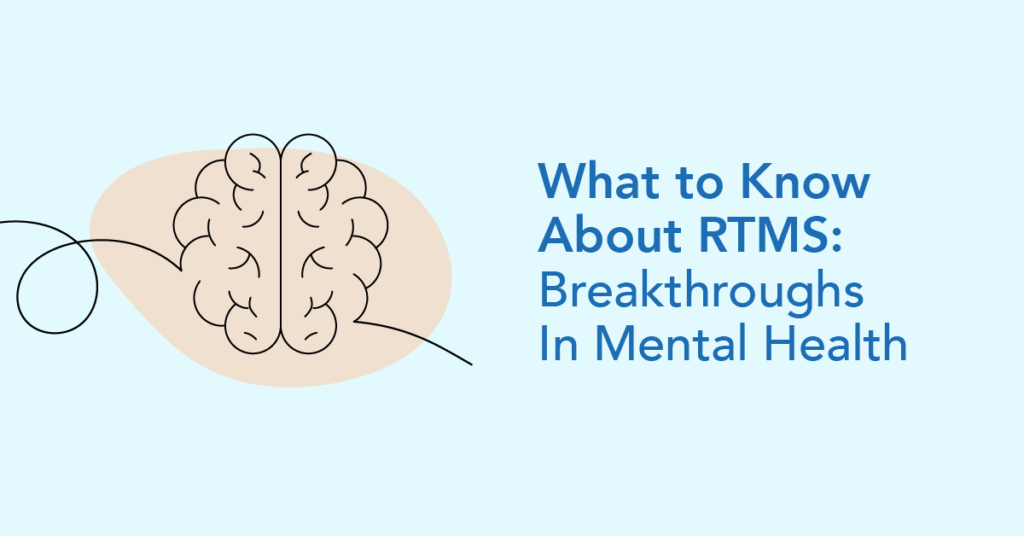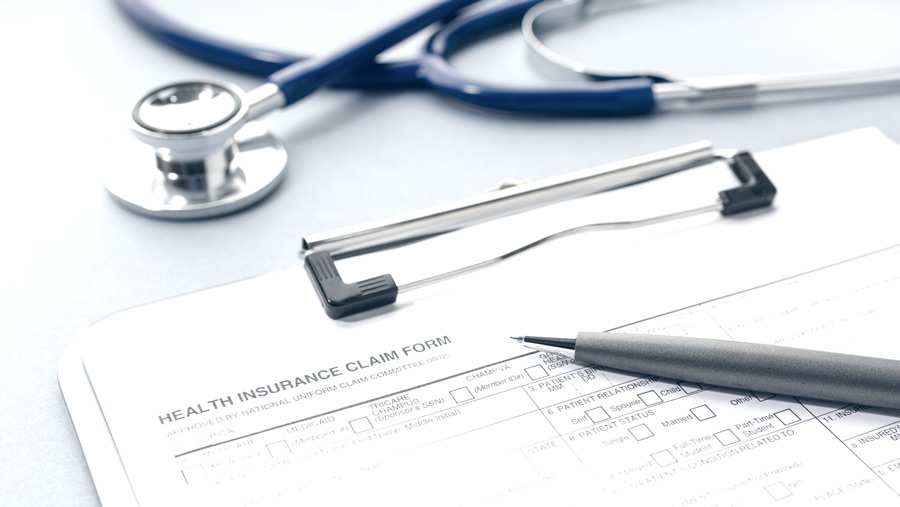According to the World Health Organization, around 4% of all adults experience depression, and around 280 million people worldwide live with the condition. While therapy and drug treatments can help some individuals, researchers are experimenting with other techniques, such as brain stimulation therapy, to provide long-lasting relief from depressive symptoms. Repetitive transcranial magnetic stimulation (rTMS) is one procedure that’s been showing promising results.
rTMS Explained: A Next-Gen Brain Stimulation Therapy
Transcranial magnetic stimulation uses magnetic fields to stimulate nerve cells in the brain. The treatment is noninvasive and has been found to help many individuals who have treatment-resistant depression.
When someone receives transcranial magnetic stimulation for depression, an electromagnetic coil is placed against their scalp. The coil is used to deliver magnetic pulses that stimulate nerve cells in a targeted region of the brain. The difference between brain stimulation for depression and for other conditions is the area of the brain that’s targeted and in some cases, the type of coil that’s used.
rTMS uses a coil that targets a small area of the brain. Deep transcranial magnetic stimulation uses a different coil that penetrates deeper and targets a wider area of the brain. This type of TMS is used for other conditions such as OCD.
rTMS is generally well-tolerated. It doesn’t require surgery or use implanted electrodes. There’s no need for anesthetic, and most people find the treatment doesn’t produce long-lasting side effects. During the treatment, however, people may experience some mild side effects, such as:
- Minor discomfort or pain
- Headaches
- Dizziness or lightheadedness
- Tingling sensations in the face
- Twitching or spasms of facial muscles
These symptoms should subside quickly once the treatment stops. If the symptoms are severe, the health care professional delivering the treatment may adjust the level of stimulation delivered for future sessions to reduce symptoms or recommend the use of over-the-counter pain relief before sessions.
Severe side effects are rare. However, there is the risk of hearing loss if the treatment is delivered incorrectly. In addition, the treatment may trigger seizures or manic episodes in people with preexisting conditions. Before delivering rTMS treatments, a health care professional will carry out a physical examination and mental health evaluation to rule out contraindications and risk factors.
It’s important to be honest and open with any medical professionals you speak to so they can decide whether rTMS is a good option for you. If they determine you’re a good candidate for the treatment, you’ll most likely be prescribed a course of sessions. For best results, it’s generally recommended to have daily sessions around five times a week for 4-6 weeks. Each session lasts around 20 minutes. After the treatment, you may have a mild headache, but you should be able to return to your daily activities quite quickly.
rTMS treatments don’t cause drowsiness and shouldn’t interfere with a person’s ability to drive or carry out other day-to-day responsibilities.
How It’s Used in Treating Depression and Other Conditions
In addition to treating depression, rTMS has also been approved by the FDA to treat other conditions, including:
- Obsessive-compulsive disorder
- Migraines
- Smoking addiction
Researchers are also investigating other potential uses for TMS and rTMS, such as helping manage epilepsy.
Key Research and Clinical Outcomes
rTMS isn’t a new concept. Researchers have been studying transcranial stimulation for decades. However, some interesting studies and clinical trials have been completed in the last few years. One study, completed in 2023, found rTMS a safe and effective treatment that can help with depression, Parkinson’s disease, focal epilepsy, Tourette’s disorder and OCD.
A literature review completed in 2020 found that while there are several forms of rTMS with established efficacy, no specific form appears to be superior to the others. Researchers are still looking at ways to refine the dose and target areas, but existing treatment standards have been found to be well tolerated and produce statistically significant results.
Who Qualifies for Treatment?
rTMS is an FDA-approved treatment for people aged 18 and over who are experiencing treatment-resistant depression. Pregnant women who’ve been advised to stop taking antidepressants are also good candidates for rTMS, as are adults who are unable to take antidepressants due to unwanted side effects.
What the Future Holds for rTMS in Mental Health
Researchers are still exploring the possibilities of rTMS, to determine if it can be used to treat other conditions. For example, it’s thought it may help people who are living with epilepsy and other conditions that cause seizures.
Another area that researchers are studying is maintenance treatments. Currently, people who respond well to rTMS treatment are usually advised that there’s no need for maintenance sessions once a course of treatment is completed. If a person experiences a new depressive episode, they can return for a new course of treatment. It’s not yet clear whether regular maintenance treatments might help prevent recurring depression.
Find the Support You Need With Mental Health Hotline
If you’re struggling with treatment-resistant depression or other mental health issues, know that support is available. At the Mental Health Hotline, we’re available 24 hours a day to listen confidentially and point callers in the direction of mental health resources in their area. Contact us now to take the first step on the road to recovery.


